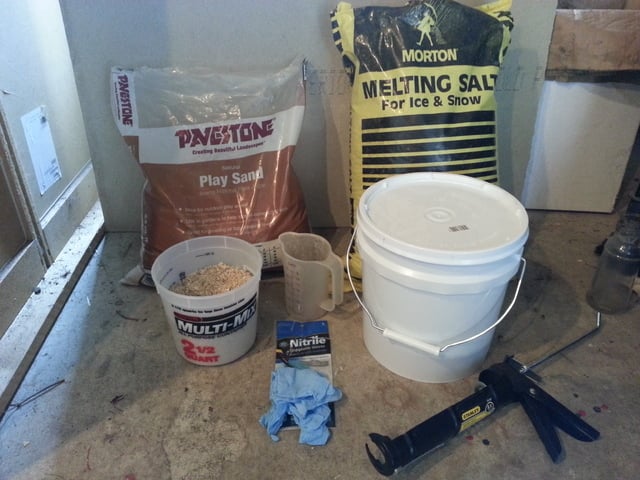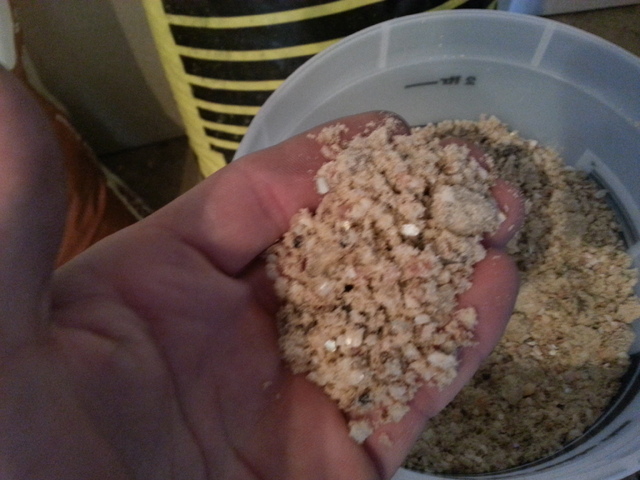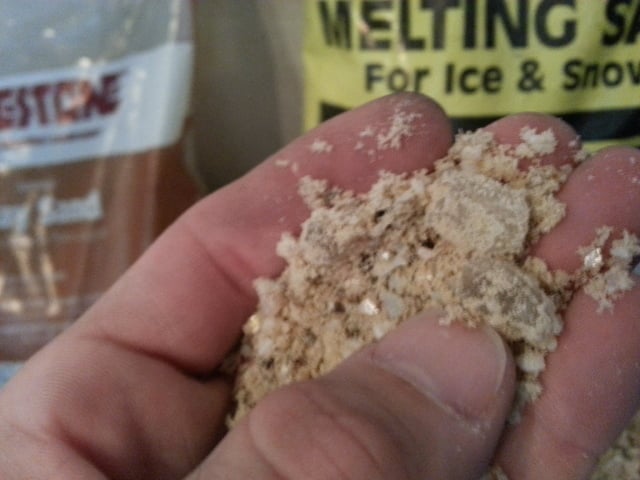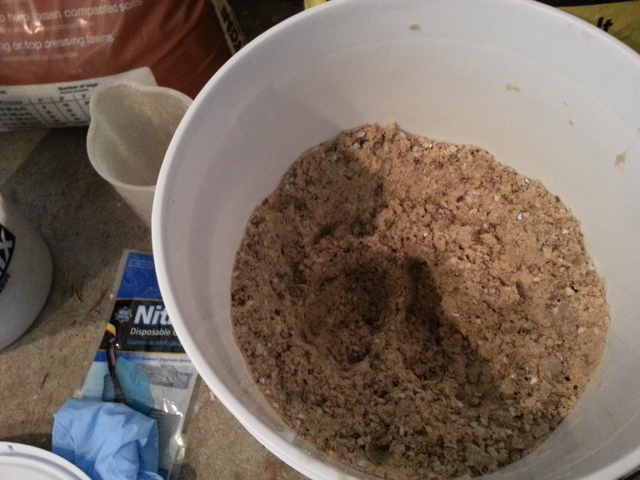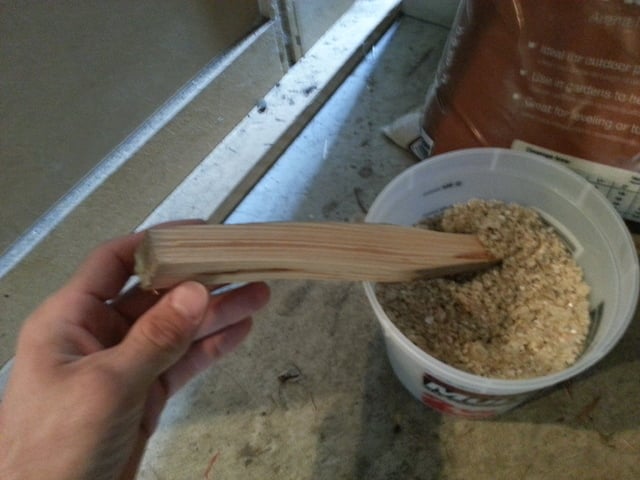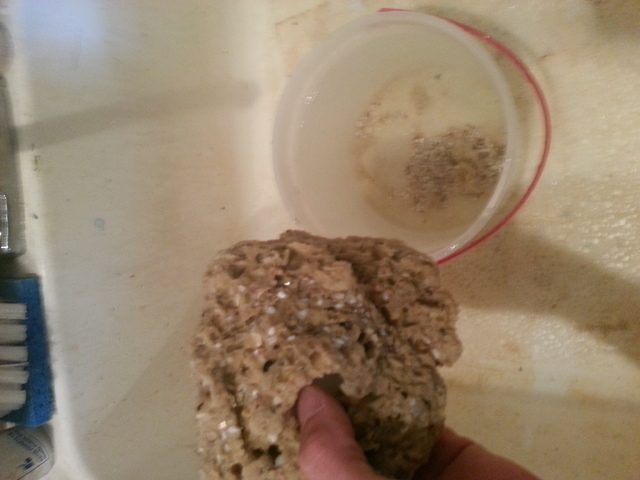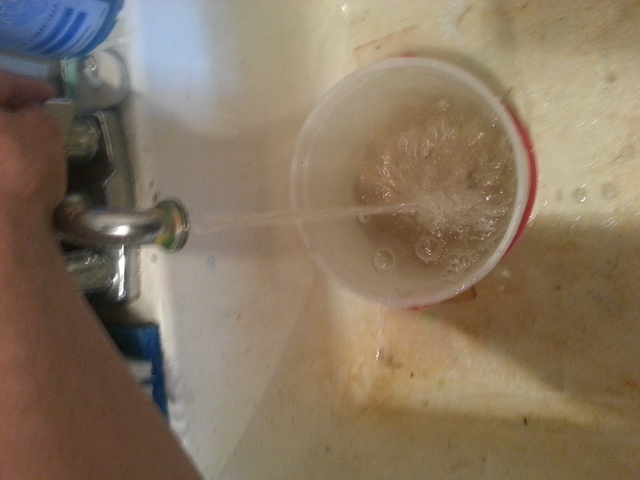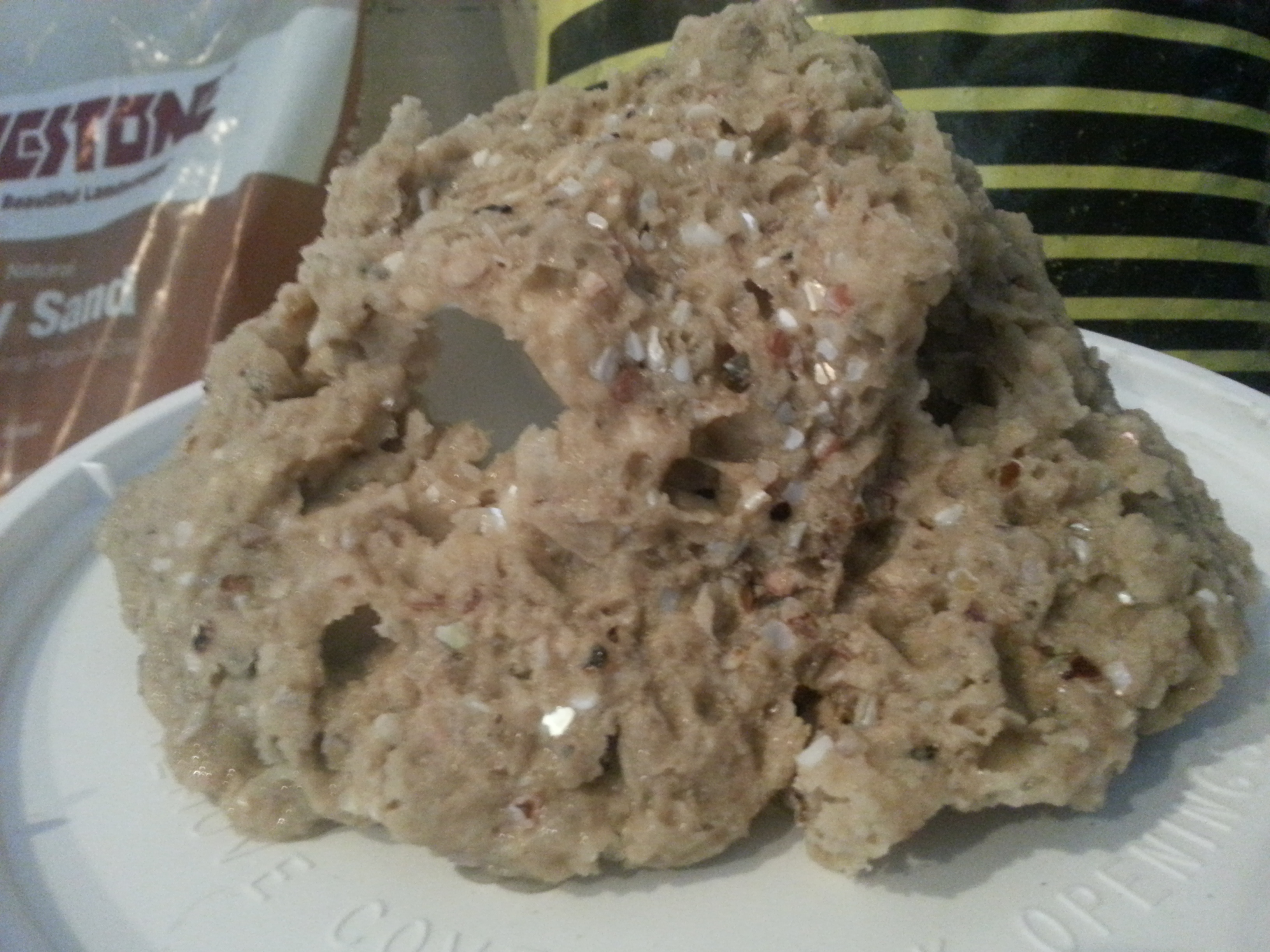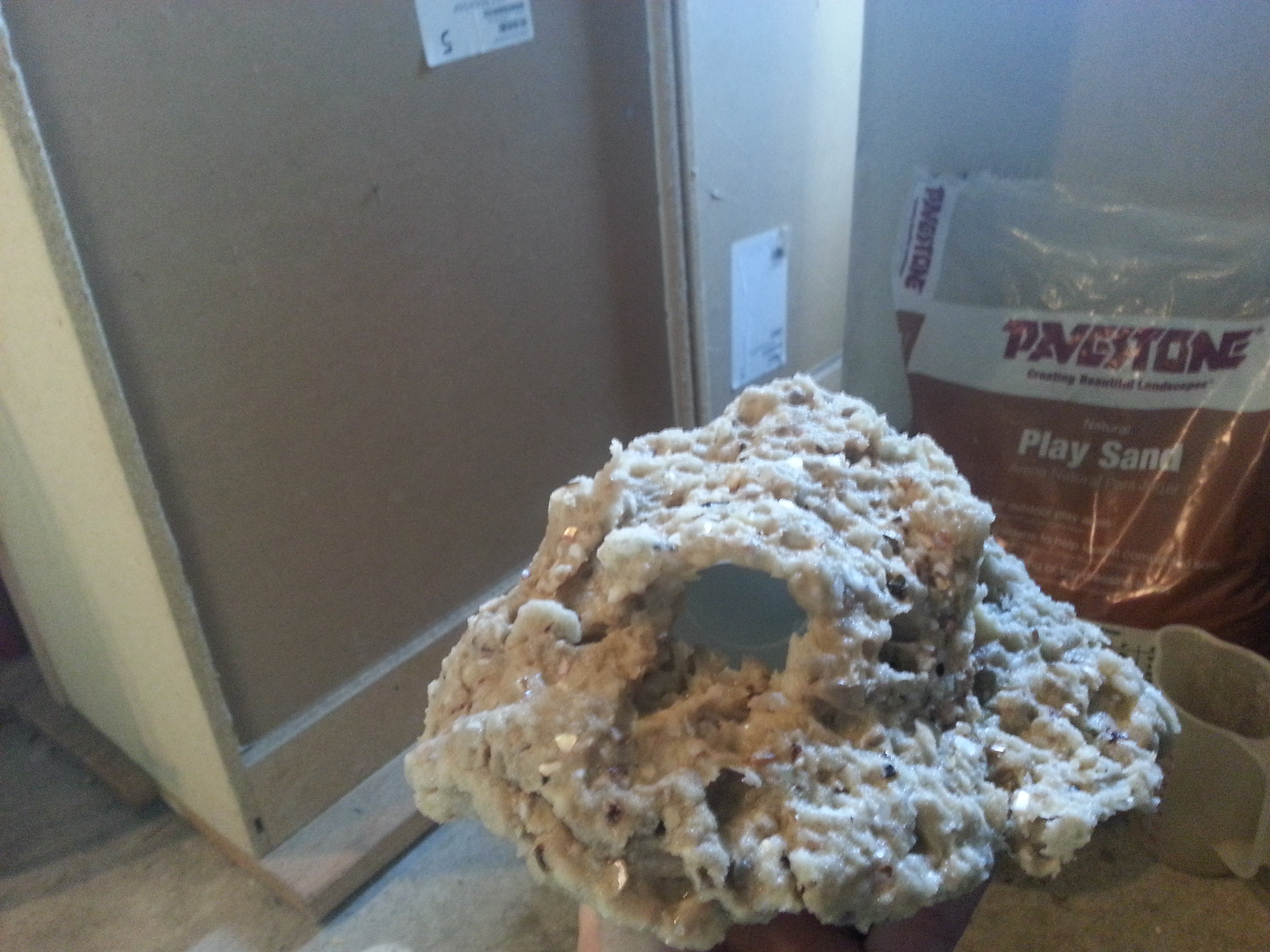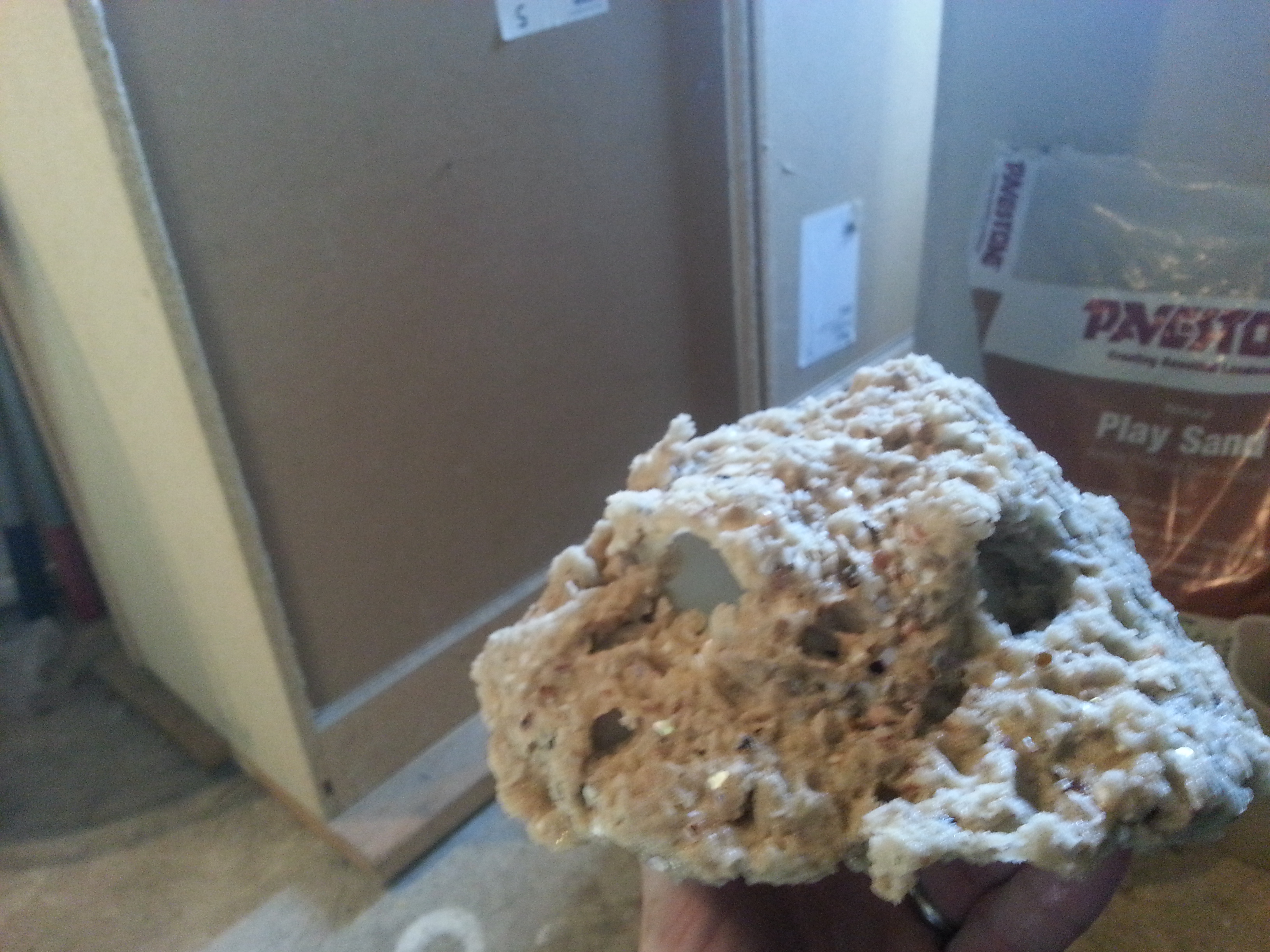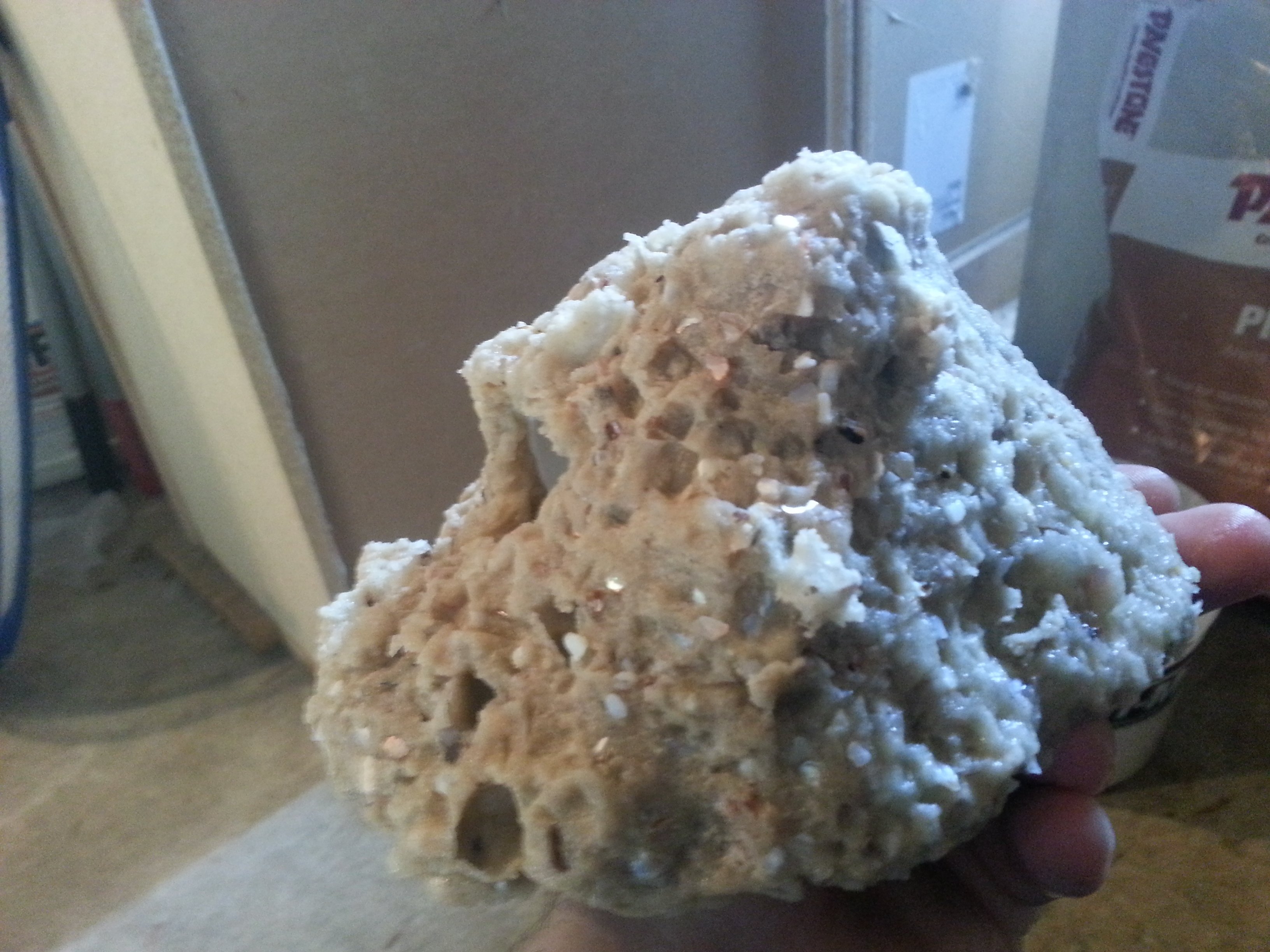elijah
Member
hello everyone! I'm currently refitting my 90 gallon reef tank . Building it back up from the ground up after being in basic training and AIT for a year then being deployed for a year to Afghanistan. So, that left me to with a lot of homework to do with all the new equipment and technology that is out there. To my dismay the already expensive hobby has become a whole lot more expensive! Paying at least 350.00 for just a hundred pounds of live rock... and that's a "good "price for these days. this left me a little concerned. So I decided to look for alternatives to live rock.
Agrocrete- cement, sand, crushed oyster shells and possibly rock salt.. a great way to make cheap fake live rock..
CONS- The curing time is two plus months and it still has the possibility to raise your aquarium's PH to unsafe highs. the PH of agrocrete is 11 while a safe range for your aquarium is 7.8-8.2 .
Foam-chemical free spray foam. who am I fooling.. this stuff looks, feels and smells fake. there are no upsides to this method and it starts breaking down quickly in saltwater. plus it floats without being weighed down..
Resin/acrylic - styrofoam, possibly wooden structure, even concrete structure then covered in resin or acrylic to seal in everything to keep the material from leeching
into the water. I've seen great results from this method.CONS - the finished product always seems to look glossy and leaves no porous material or place for beneficial bacteria to grow and thrive. The finished product seems to always be boyant and has to be weighed down sink.
This lead me to research on my own and to no avail finding a probable ,cheap, safe method to replace live rock with a product that will still have the benefits of real live rock. the best alternative I could find is agrocqete... there are hundreds of ways to make it but all of them include cement which leeches lime and keeps the Ph high... So I started trying to find a safe cheap alternative to a bonding agent to replace the cement, but with the same method as making agrocrete . So here goes... my own creation.
Agrocrete- cement, sand, crushed oyster shells and possibly rock salt.. a great way to make cheap fake live rock..
CONS- The curing time is two plus months and it still has the possibility to raise your aquarium's PH to unsafe highs. the PH of agrocrete is 11 while a safe range for your aquarium is 7.8-8.2 .
Foam-chemical free spray foam. who am I fooling.. this stuff looks, feels and smells fake. there are no upsides to this method and it starts breaking down quickly in saltwater. plus it floats without being weighed down..
Resin/acrylic - styrofoam, possibly wooden structure, even concrete structure then covered in resin or acrylic to seal in everything to keep the material from leeching
into the water. I've seen great results from this method.CONS - the finished product always seems to look glossy and leaves no porous material or place for beneficial bacteria to grow and thrive. The finished product seems to always be boyant and has to be weighed down sink.
This lead me to research on my own and to no avail finding a probable ,cheap, safe method to replace live rock with a product that will still have the benefits of real live rock. the best alternative I could find is agrocqete... there are hundreds of ways to make it but all of them include cement which leeches lime and keeps the Ph high... So I started trying to find a safe cheap alternative to a bonding agent to replace the cement, but with the same method as making agrocrete . So here goes... my own creation.

